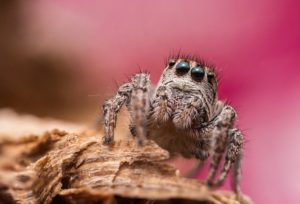Portland’s Economic Opportunities Analysis: An Obscure Process with Huge Implications
This fall, the City will do a periodic update of its Economic Opportunities Analysis (EOA), which looks at supply and demand of industrial land over a twenty-year period.
Read Post







